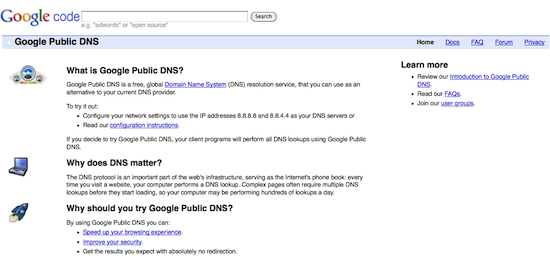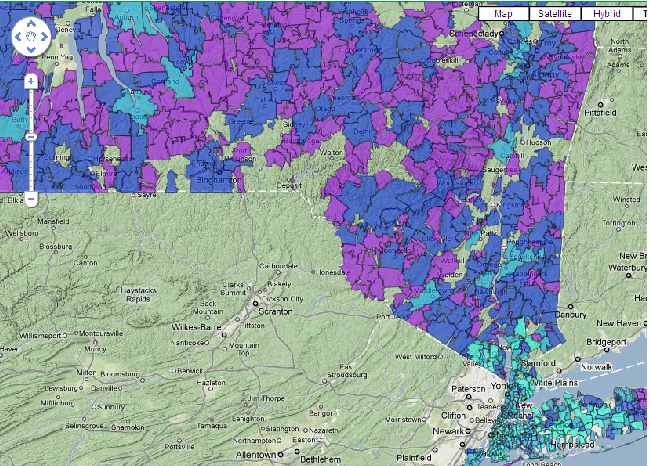With pre-election talk of new telecom laws and in the aftermath of the Comcast decision, I was hoping to not revisit the spooky crypt containing moldy Supreme Court decisions and worm-eaten FCC regulatory rulings for a few months. But I was dragged back into this basement last week, when I received an email about a new study commissioned by “Broadband For America.”
BfA is “dedicated to making broadband available to all Americans” and counts former FCC commissioner Michael Powell as an honorary co-chairman. There’s not much else about the organization on their web site, besides a list of, ahem, grass-roots organizations that make up its membership. You can read more about BfA in the reference section.
Written by University of Pennsylvania law professor, Christopher Yoo, “Reclassifying Broadband as a Title II Telecommunications Service” takes the view that because the FCC’s third-way approach is in contradiction of statutes, rulings, Supreme Court decisions, and plain common sense that it can not possibly pass legal muster..Continue reading





 On Friday, the FCC sent out a letter to Fox and Cablevision requesting both to state how they are meeting their statutory obligations ( “to negotiate in good faith”) over their current retransmission dispute. As Yankee fans are painfully aware, Cablevision and Fox had an agreement that expired on October 15 to carry WNYW, WWOR, and WTXF channels. Cablevision pulled its rebroadcasting of local MY 9 and Fox 5 television, which carries the Yankee games in the New York area, in a disagreement over its payments to Fox.
On Friday, the FCC sent out a letter to Fox and Cablevision requesting both to state how they are meeting their statutory obligations ( “to negotiate in good faith”) over their current retransmission dispute. As Yankee fans are painfully aware, Cablevision and Fox had an agreement that expired on October 15 to carry WNYW, WWOR, and WTXF channels. Cablevision pulled its rebroadcasting of local MY 9 and Fox 5 television, which carries the Yankee games in the New York area, in a disagreement over its payments to Fox. Holy Heisenberg! Scientific American, the magazine better known for writing about dark holes and gene splicing, has editorialized earlier this month on the state of US broadband. While SA has in recent years taken on more topical subject matter, there opinionating on broadband was a bit of a surprise to this long-time reader.
Holy Heisenberg! Scientific American, the magazine better known for writing about dark holes and gene splicing, has editorialized earlier this month on the state of US broadband. While SA has in recent years taken on more topical subject matter, there opinionating on broadband was a bit of a surprise to this long-time reader. Is this what Verizon CEO Ivan Seidenberg metaphorically whispered into the Google founder’s ear? I’m still reeling from the Google-Verizon non-aggression pact and what it will mean for a competitive and open Internet. Some have pointed out that the proposal is merely a regurgitation of the FCC’s six freedoms for an open Internet.
Is this what Verizon CEO Ivan Seidenberg metaphorically whispered into the Google founder’s ear? I’m still reeling from the Google-Verizon non-aggression pact and what it will mean for a competitive and open Internet. Some have pointed out that the proposal is merely a regurgitation of the FCC’s six freedoms for an open Internet.

